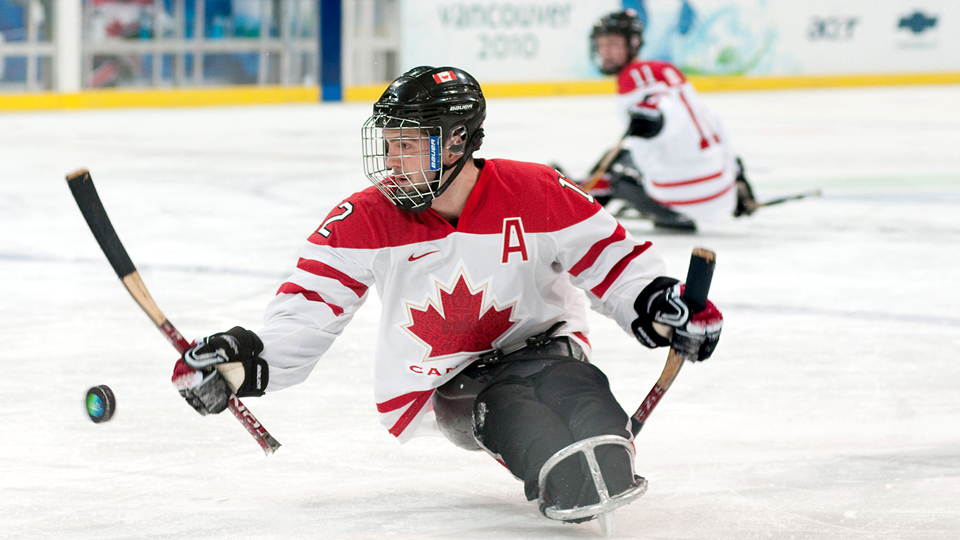The world’s obsession with the Olympic Games seems to cool down after the flame is extinguished. And though only three weeks have passed, the Sochi games now seem like a fading memory, even as other athletes have taken the stage for the Paralympic Games. The less thorough media coverage of the Paralympic Games is, sadly, not surprising, though it seems unjust that athletes who’ve worked just as hard to compete despite their circumstances aren’t celebrated as much as those who stood on the podium three weeks ago.
Still, paralympic athletes have their time to shine on the world stage. Meanwhile, the question of how UTM is helping students with disabilities get involved in athletics is still at large. UTM and the RAWC are open to all students, and have worked to create a safe and comfortable environment for those who use the facilities. For example, gender-neutral changerooms with direct access to the pool deck are available, as are private stalls in the changerooms. The RAWC also held gym hours specifically for LGBTQ students during Pride Week earlier in February.
The RAWC has made the entire complex fully accessible to students with disabilities, a feature that was incorporated under the guidance of Liz Martin, the director of UTM’s AccessAbility Resource Centre. All floors of the RAWC are accessible by elevator, and each facility has accessible equipment or aids. According to Kenneth Duncliffe, director of the physical education department, each part of the RAWC is fitted to assist disabled students. “The pool is equipped with a lift to enable physically challenged individuals to enter and exit the water. A variable-depth floor in the shallow end of the pool provides variable-depth programming opportunities,” he says. The RAWC’s fitness centre also has specialized equipment with wheelchair access and upper body ergometer movements.
Although the RAWC has gone through the trouble of designing the facilities, the programs available are significantly lacking in terms of promoting involvement within the disabled student population. It’s not clear whether disabled students are being informed about and encouraged to use it, though there seems to be no lack of willingness to assist them. According to program coordinator Jack Krist, the RAWC, in partnership with AccessAbility, offers assistance, but to his knowledge no students have used the service.
However, Krist and Duncliffe say that the RAWC is often used by wheelchair athletes, specifically by teams in Wheelchair Basketball Canada, who play in the RAWC on weekends. “They like our facilities [because] they are accessible and easy to use,” says Krist. Community on Campus, run by UTM alumna Mary McPherson, is another external group that uses the RAWC’s facilities for various sports.
So while UTM allows the public to use its facilities run by on-campus organizers, the disabled student body is at a disadvantage in getting involved in organized sports or athletic programs.
UTMAC president and student athlete Andjela Ocicek says she’s spotted many students with disabilities participating in sports and working out on campus, but hopes that UTM and the Athletic Council can do more over the next year to increase their participation.
“We have always strived to make our events open to everyone […],” she says. “One of our goals for next year is to increase mental health awareness and maximize the number of events catering to students with disabilities and special needs.”
With the school year nearing its end, there likely won’t be any new programs introduced, but hopefully the RAWC and UTMAC will work on offering more activities that promote a healthy lifestyle and involvement in athletics for all UTM students.



